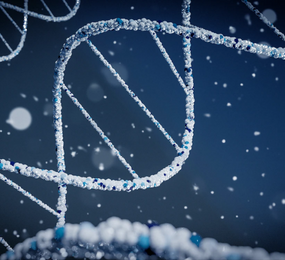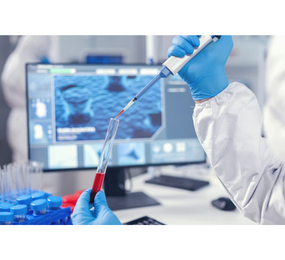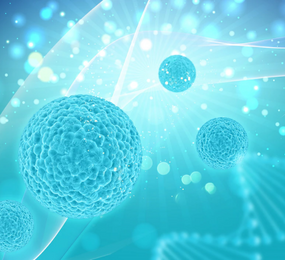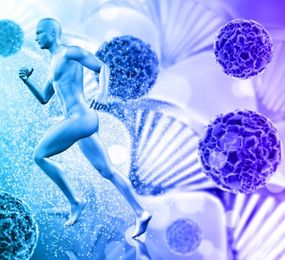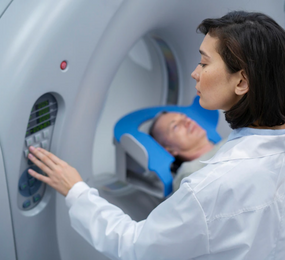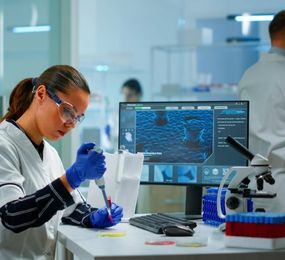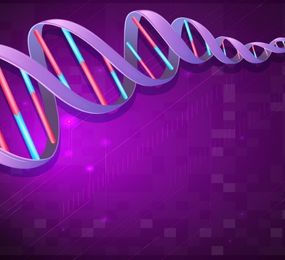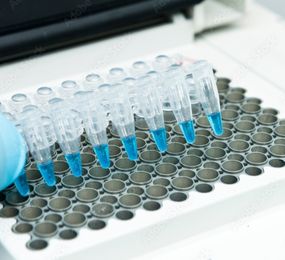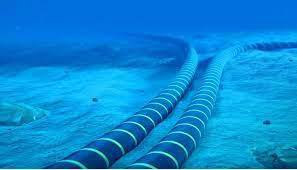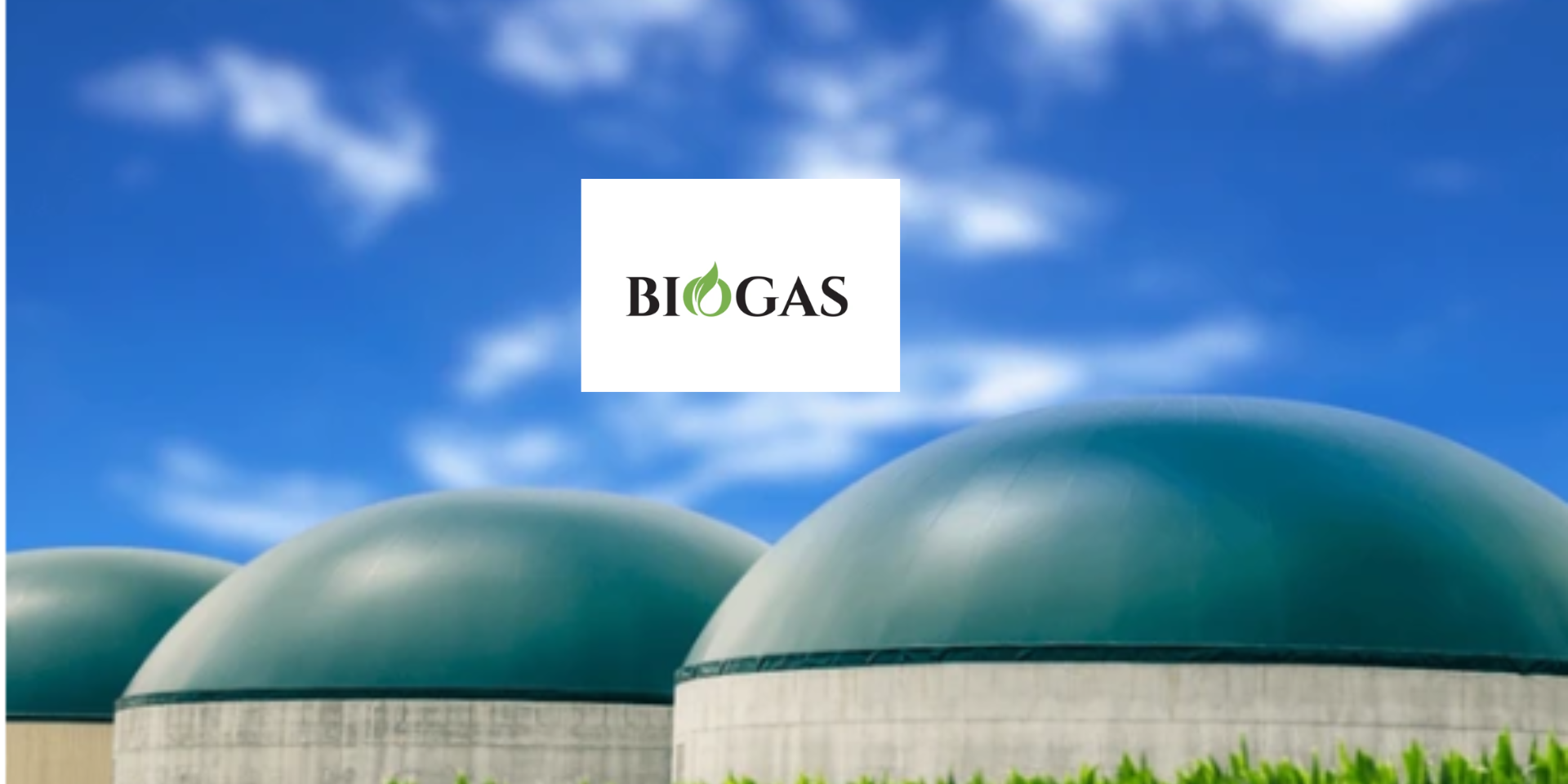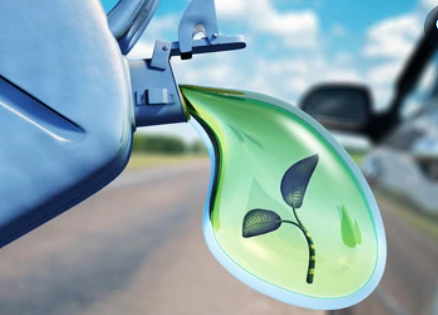Biomanufacturing continues beyond cultivating cells. Downstream processing, the stage following upstream cell culture, takes center stage. Here, the raw "broth" containing the desired bioproduct is meticulously purified, separating it from a complex mixture of cellular components and impurities. Mastering these techniques is crucial for obtaining high-quality biologics and bioproducts.
The Downstream Processing Toolbox:
Downstream processing utilizes a multi-step approach, often employing a combination of techniques to achieve the desired level of purity:
-
Centrifugation: This technique utilizes high-speed rotation to separate cells and other large particles from the culture broth.
-
Filtration: Membranes with varying pore sizes can be used to remove larger particles and clarify the solution.
-
Chromatography: This powerful technique separates biomolecules based on their size, charge, or affinity to a specific ligand attached to a stationary phase. Various chromatography methods like affinity chromatography and size-exclusion chromatography are employed based on the target bioproduct.
Precision and Efficiency:
Modern downstream processing relies on sophisticated equipment and precise control systems. Techniques like:
-
Gradient Elution: Gradually changing the composition of the eluent buffer in chromatography allows for the controlled separation of different biomolecules.
-
Process Chromatography: Large-scale chromatography systems with automated operation streamline purification for large-volume production.
Beyond the Basics:
For complex bioproducts, additional techniques might be employed:
-
Viral Inactivation: For viral vaccines or products derived from mammalian cells, virus inactivation steps are crucial to ensure safety.
-
Ultrafiltration: This technique concentrates the desired product while removing smaller contaminants.
Quality Control Throughout:
Throughout downstream processing, rigorous quality control measures are implemented. Techniques like analytical chromatography and protein assays ensure the final product meets stringent purity, potency, and safety standards.
The Future of Downstream Processing:
Continuous innovation is shaping downstream processing:
-
Single-use Technologies: Disposable filters and chromatography columns minimize cleaning needs and streamline purification processes.
-
Chromatographic Resins: Novel resins with high binding capacity and faster flow rates can improve efficiency and reduce costs.
-
Process Integration: Integrating upstream and downstream processes can optimize overall biomanufacturing efficiency.
Downstream processing plays a vital role in transforming cell culture products into high-purity biologics and bioproducts. By mastering these sophisticated techniques and embracing advancements, biomanufacturers can ensure consistent production of safe and effective products for patients and consumers worldwide.
To register or learn more about the Forum please check here: https://bit.ly/3WRMLFS.
For more information and group participation, contact us: [email protected]


